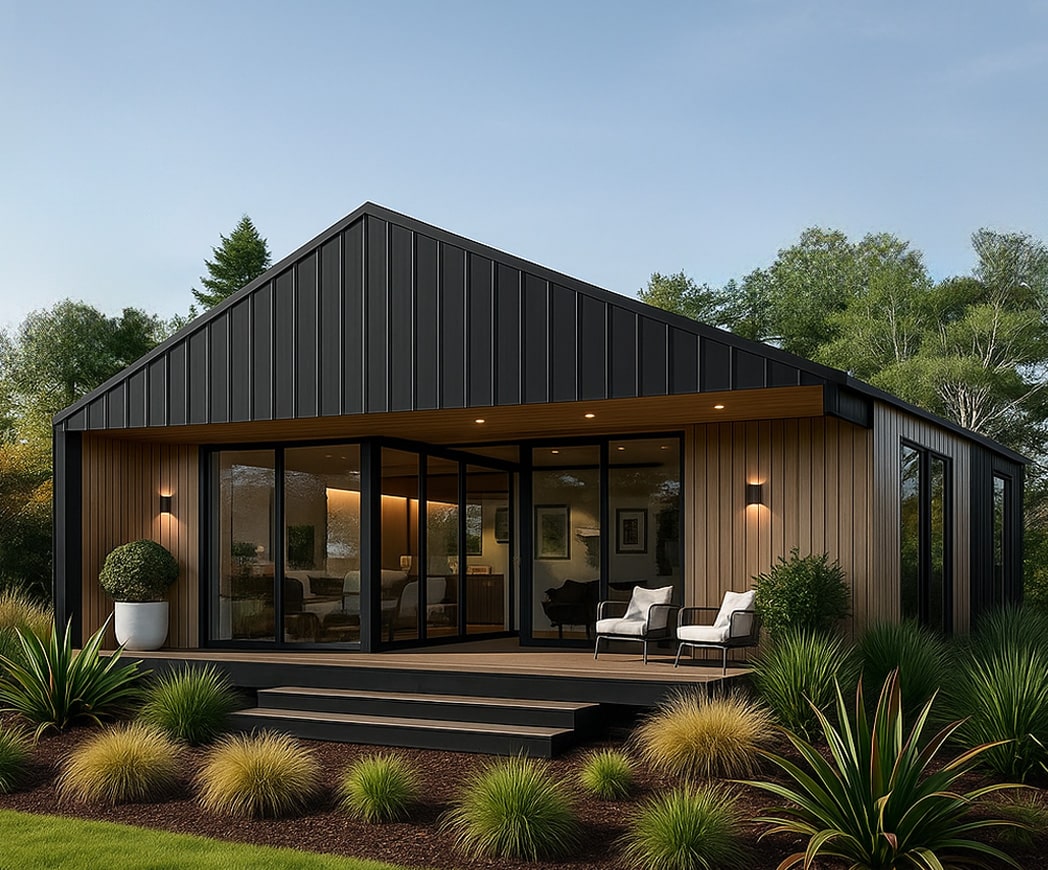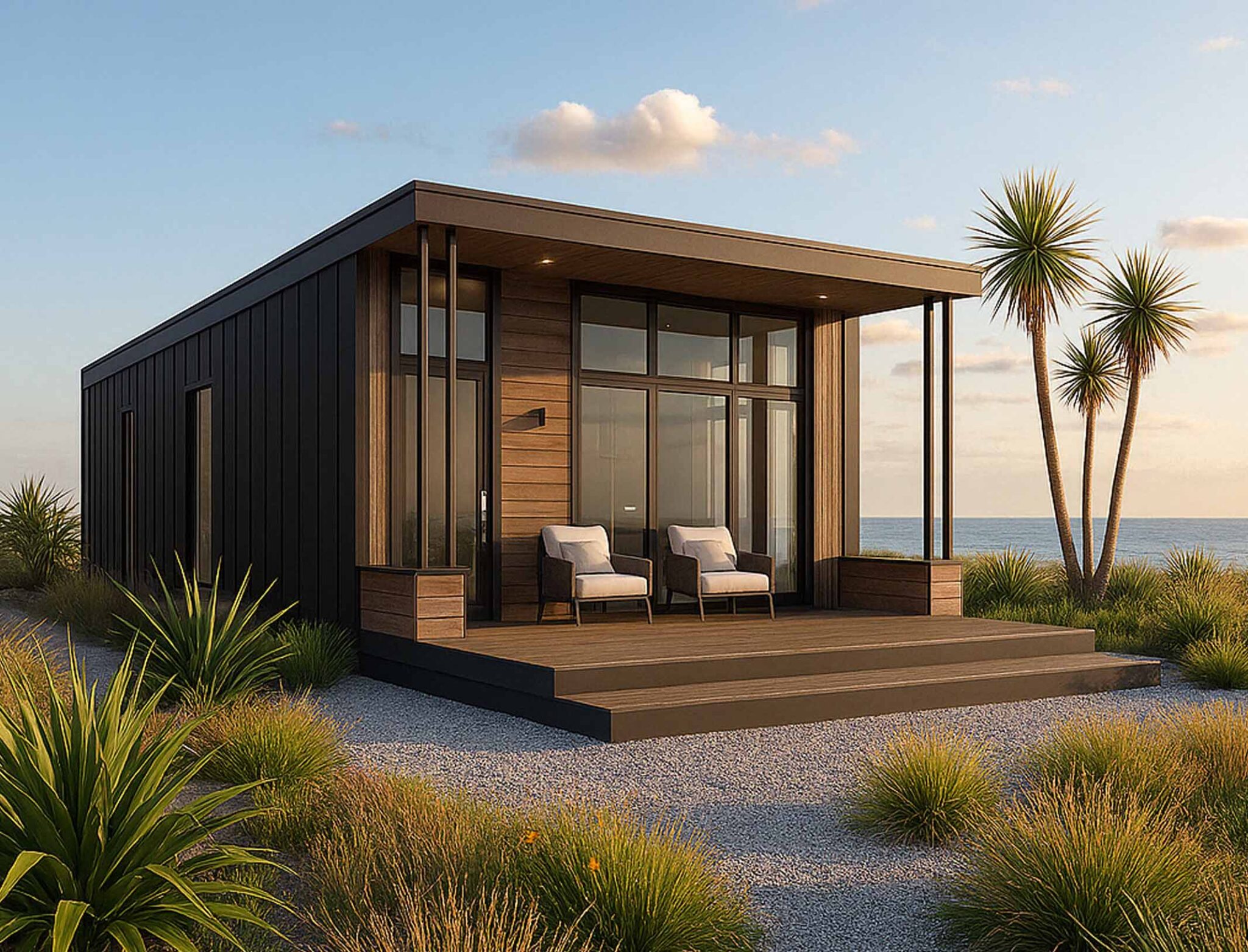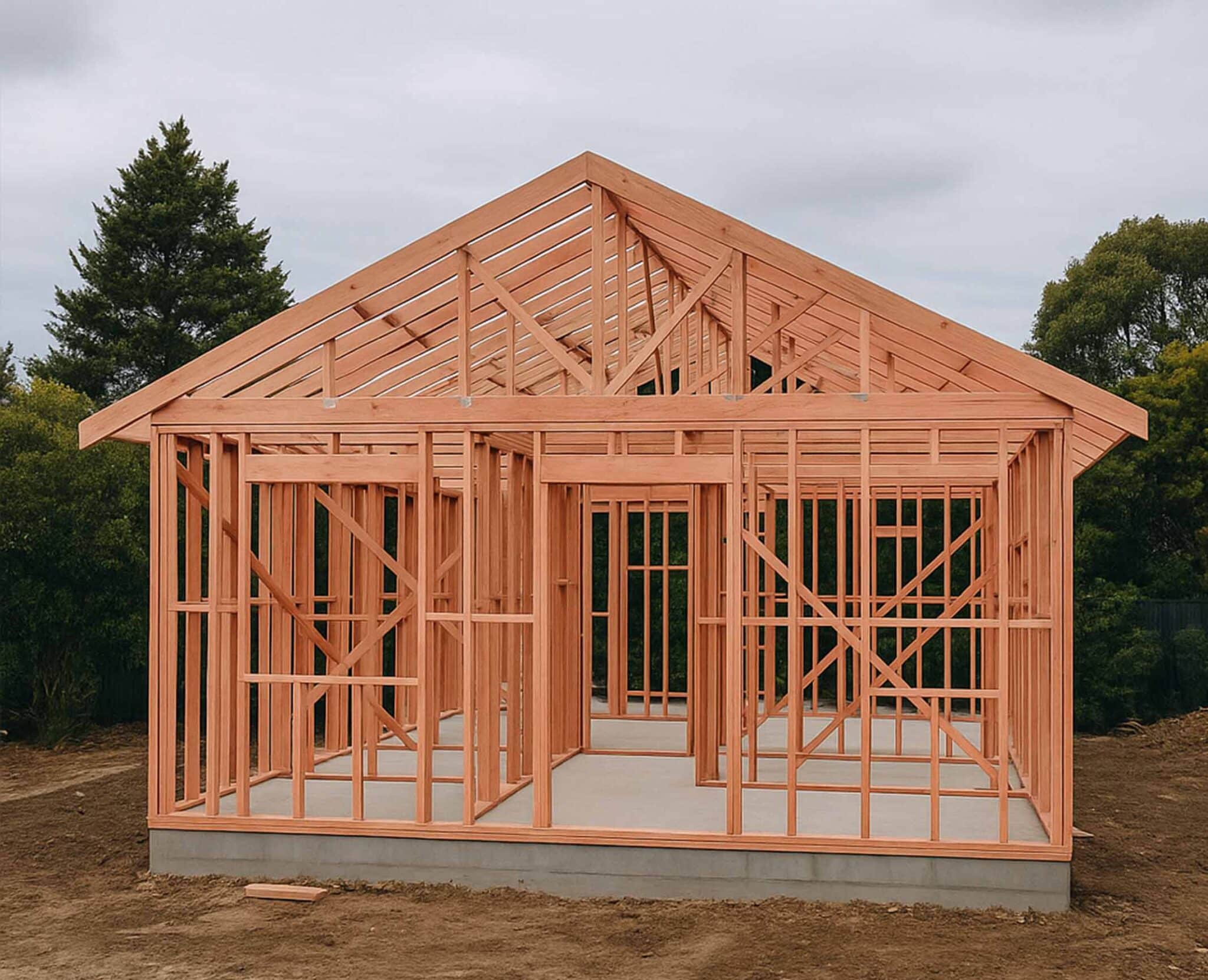By Kaaren Joubert, Planning Manager, Cato Bolam Consultants.
Thinking about generating extra rental income, housing extended family, or preparing for retirement? New Government rules coming into effect in early 2026 could make it easier for landowners to build a small secondary dwelling (up to 70m²) without needing building or resource consent, providing greater flexibility for how you use your land.
These changes form part of a proposed National Environmental Standard (NES) aimed at simplifying the regulatory process. For residential and rural property owners, this could unlock new ways to make the most of your land — without the cost or delay of full consent processes.
What the New Rules May Allow
From early 2026, it is proposed that one minor dwelling unit or “granny flat” per site may be built on residential or rural-zoned properties as of right, provided the following conditions are met:
-
No building consent is required, as long as the dwelling is designed to meet the Building Code and is built or supervised by a Licensed Building Practitioner (LBP).
-
No resource consent is required under the new National Environmental Standard (NES), assuming the site has no overlays, natural hazards, servicing constraints, or earthworks that would otherwise trigger the need for a land use consent.
-
The dwelling must be new, single-storey, self-contained, and separate from the main house.
This exemption is limited to one minor dwelling unit per site and does not override any private covenants or title restrictions.

Important Requirements Still Apply
Even without consent requirements, several conditions still need to be met:
-
Councils must be notified both before construction begins and after the dwelling is completed.
-
The minor dwelling must fully comply with the Building Code — including requirements for structural safety, weather tightness, and fire protection.
-
A Project Information Memorandum (PIM) is strongly recommended to help identify any site-specific limitations, risks, or hazards.
-
Development contributions may still be charged by councils to help fund infrastructure upgrades.
-
Only licensed professionals can build or supervise the construction — DIY is not allowed under this exemption.
Note: These changes apply only to residential and rural-zoned properties. Sites with overlays, flood hazards, or infrastructure limitations may still face additional requirements.

Strategic Implications for Landowners
These changes present a practical opportunity for small-scale residential development without the delays of full consenting. For developers, sites previously considered uneconomical may now support low-risk, high-demand housing stock.
This is particularly relevant for:
- Landowners seeking to unlock underutilised space
- Developers interested in low-density, quick turnaround housing
- Projects where subdivision isn’t viable but additional housing is.
However, the reforms:
- Do not allow for subdivision or new titles
- Do not apply to dwellings larger than 70m²
- Do not allow for multiple secondary units on a single site.
Larger or more complex projects will still need to follow the standard resource and building consent processes.

Unlocking Your Land’s Potential
A minor dwelling unit offers a practical way to add value to your property, especially where full subdivision isn’t viable. If you’re looking to build soon, we can design and deliver a custom minor dwelling that suits your site — even on steep or challenging sites.
If you’re thinking longer term, we can help future-proof your land by designing subdivision layouts that allow for a minor dwelling to be added in the future.
When Will the Rules Take Effect?
Legislation is expected to pass in 2025, with the rules taking effect in early 2026. If you’re considering building a minor dwelling on your land, now is the time to start feasibility planning.
Learn More or Get Expert Advice
For official updates visit: www.building.govt.nz
Want to know what’s possible on your site?
Contact our expert team today at Cato Bolam for tailored advice.

